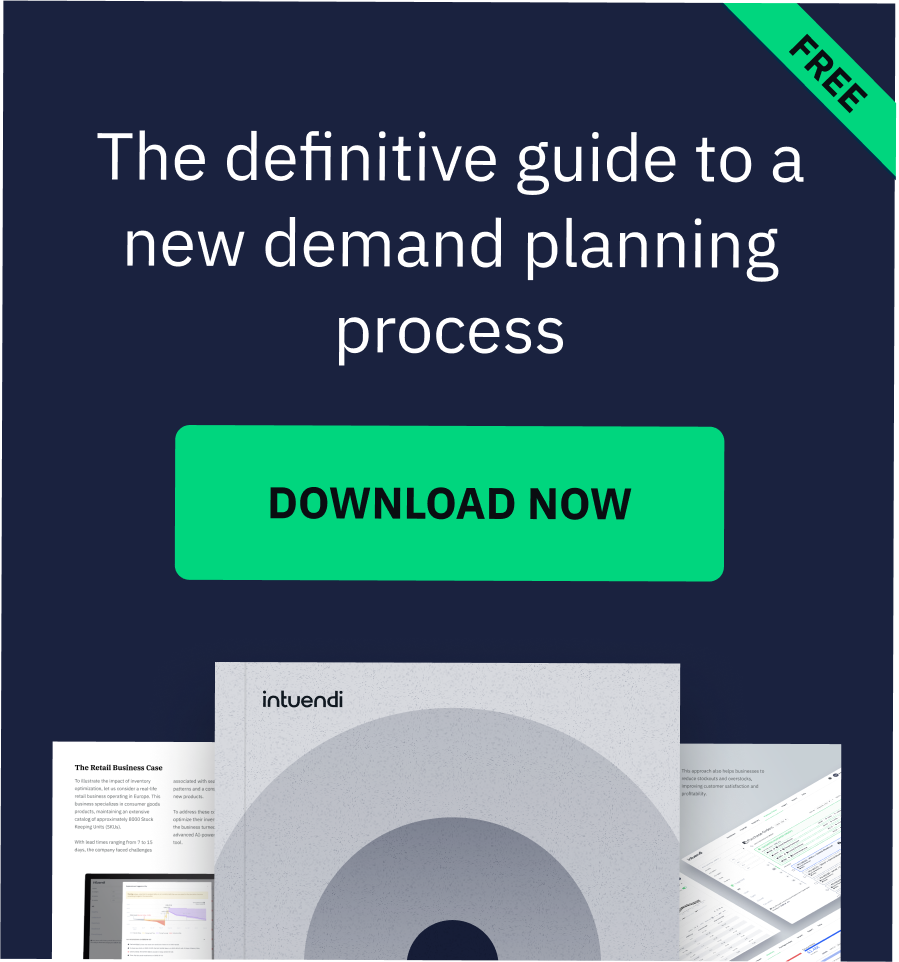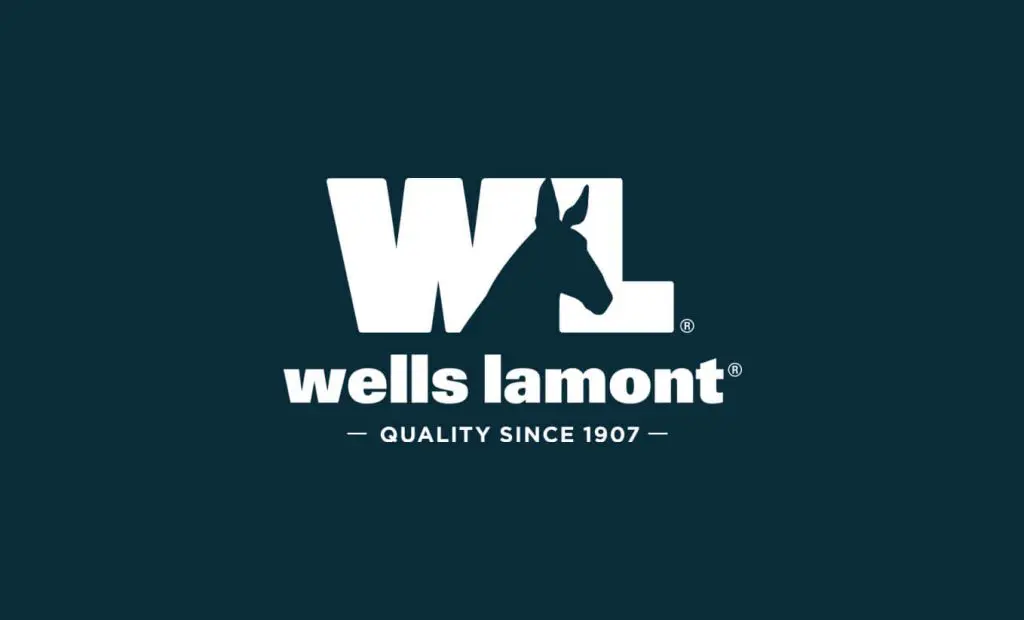In the article Purchase Orders 4.0: welcome to Big Data Analytics, you have seen what we mean with the term purchase order. Basically, its purpose is to tell your supplier the quantity of a certain finished product or raw materials to be reordered.
The most challenging task for your company in creating that purchase order is to state the right product quantity which satisfies your needs and supplier needs. What do we mean for right quantity? What about the needs?
There are some requirements you have to know to do a proper purchase order.
Know your warehouse status. What is the current quantity of the product in stock? What is already on order?
How many days do you want to cover with your order? Basically, this can be viewed as the time between two consecutive purchase orders.
What is the lead time of your supplier? It is a very common concept for e-commerce and manufacturing companies and it represents the number of days between the emitted purchase order and the actual arrival in your warehouses.
What is the Minimum Order Quantity (MOQ) of your supplier? This number means the minimum number of pieces which the supplier can ship to you. The quantity of the purchase order has to be greater or equal than MOQ.
What about the Packing Unit (PU) of your supplier? The PU represents the size of a product package in terms of units. What if the right quantity to reorder is not a multiple of the PU? You have to round it at the greater multiplier of the PU. For example, if you have to reorder 180 pieces of a product, but the packing unit is equal to 200, you have to reorder 200 pieces.
Answering to those five questions is absolutely necessary for creating a proper purchase order, but is clearly insufficient. In fact, if you try to do it without an accurate demand forecasting tool also able to manage the lead time, the other information could be definitely useless.
The knowledge of what will be the demand during the lead time and what will be the demand in the future month is the principal ingredient of this recipe.
Let us make an example. Suppose you are at 15th of September and you have to reorder a finished product with these requirements:
- Coverage: 1 Month
- MOQ: 60
- PU:60
- Lead time: 15 days
- Expected stock after lead time: 60
- October expected demand: 340
First of all, you probably want to entirely satisfy the demand. So at 1st of October, you have to have at least 340 units in your warehouse in order to satisfy that monthly demand. The right quantity to be reordered should be 340-60 = 280. It is greater than the MOQ, but is not a multiple of the PU. Hence, the right quantity to be reordered will be equal to 320.
To conclude, there are several requirements you have to take into account before creating a purchase order. Some of them concern your needs, other your supplier and the most important your customers. Don’ t be unaware!






